Sunday, March 18, 2012
The beginning of this week saw some very cold days. On Sunday morning for example, once the main group ascended Umm al-Biyara and prepared itself to start working, it had only 2C. Despite the very unfriendly temperature, everybody was motivated to start the weekly tasks and since everybody took enough warm clothing, work continued as usual – well, more or less. Will Kennedy, Lydia Kappa and Jan Reimann are working in Morton’s trench, an area that was already, at least partially excavated in 1955 by William Morton. The other major area we are working in this year is the bathing installation where Polly Agoridou, Nadine Bürkle, Christoph Schneider and Stephan Schmid are continuing last years excavation.
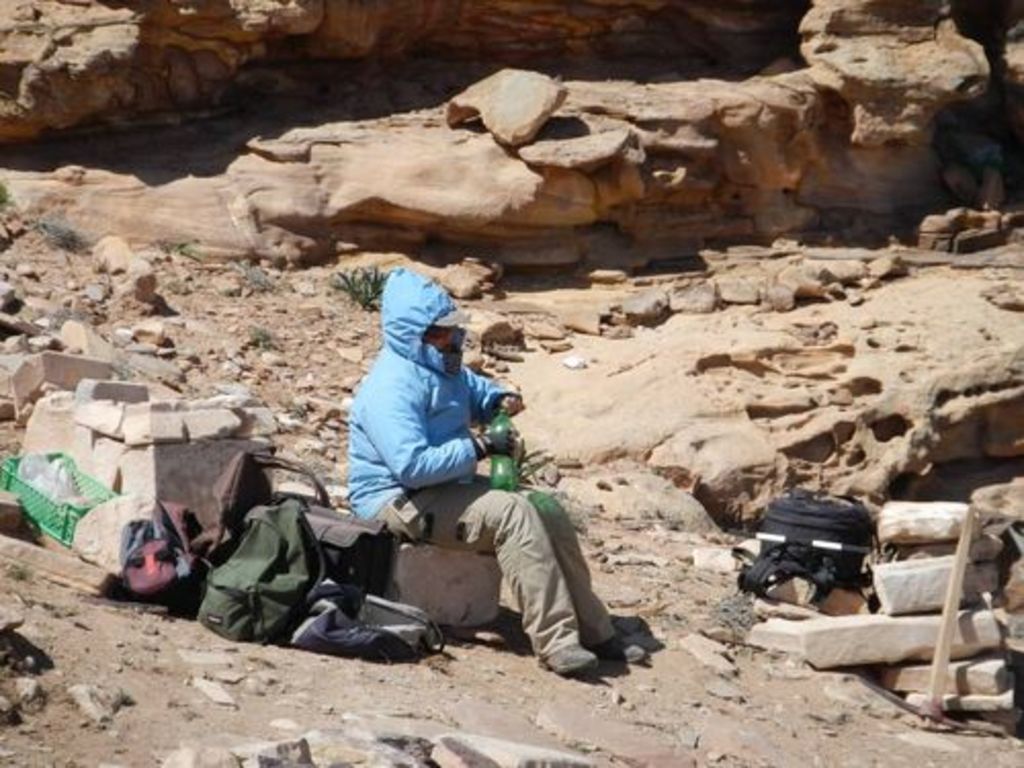
Besides the cold temperature, there was also a strange dusty fog that lasted for several days and had as a result that the otherwise splendid view from Umm al-Biyara was rather troubled. The good thing was that taking photographs was a lot easier, since the sun wasn’t burning as usual.

Rolf Egli, our medical doctor, decided to join the team working on Umm al-Biyara. Since most of the ill people were either easy to cure or hopeless cases, he had a lot of free time. Christoph Schneider, otherwise working alone in his trench, was very happy to have some substantial assistance.

This week work also continued in the Aslah-Triclinium, where the team lead by Laurent Gorgerat and Robert Wenning will continue and hopefully finish the archaeological exploration of this important complex at the entry of the Siq. Especially in the morning hours, also at the Aslah-Triclinium the weather can be very cold, since there is no sunshine. But not only the cold temperature, also the strong wind was obstructing work during the first days of the week.
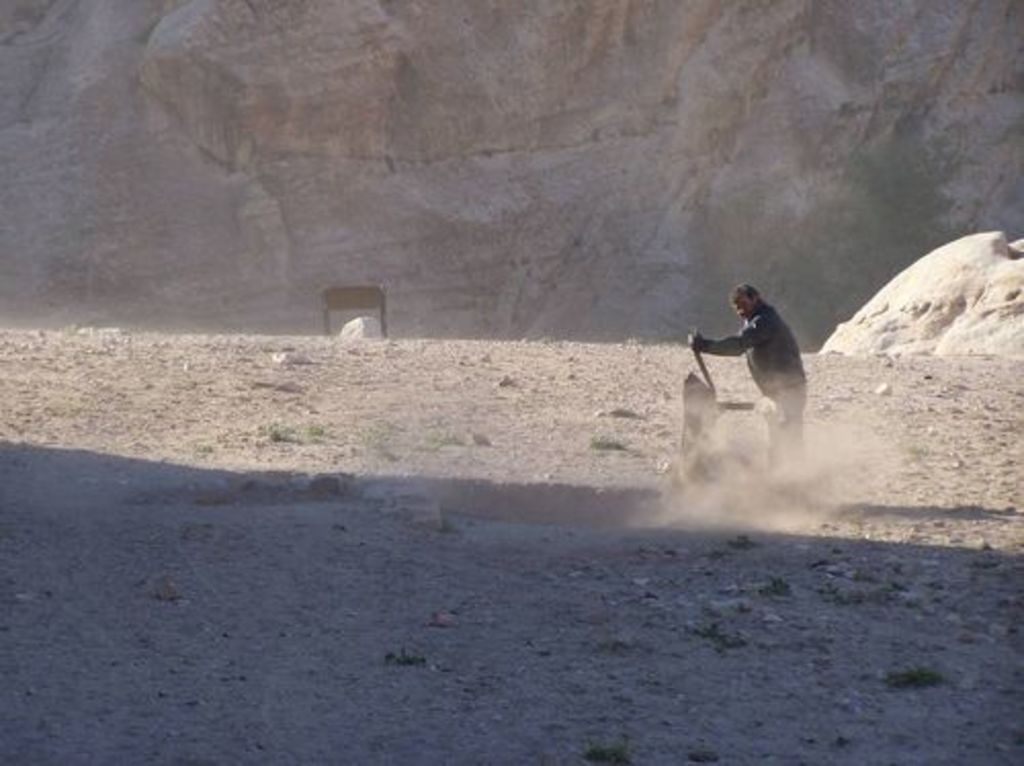
Monday, March 19, 2012
The cold weather continued also on Monday, although it was a little bit more clement. Still, it was so cold that on top of Umm al-Biyara we decided to have another break during the morning in order to go back to the cave and have some hot tea or coffee.
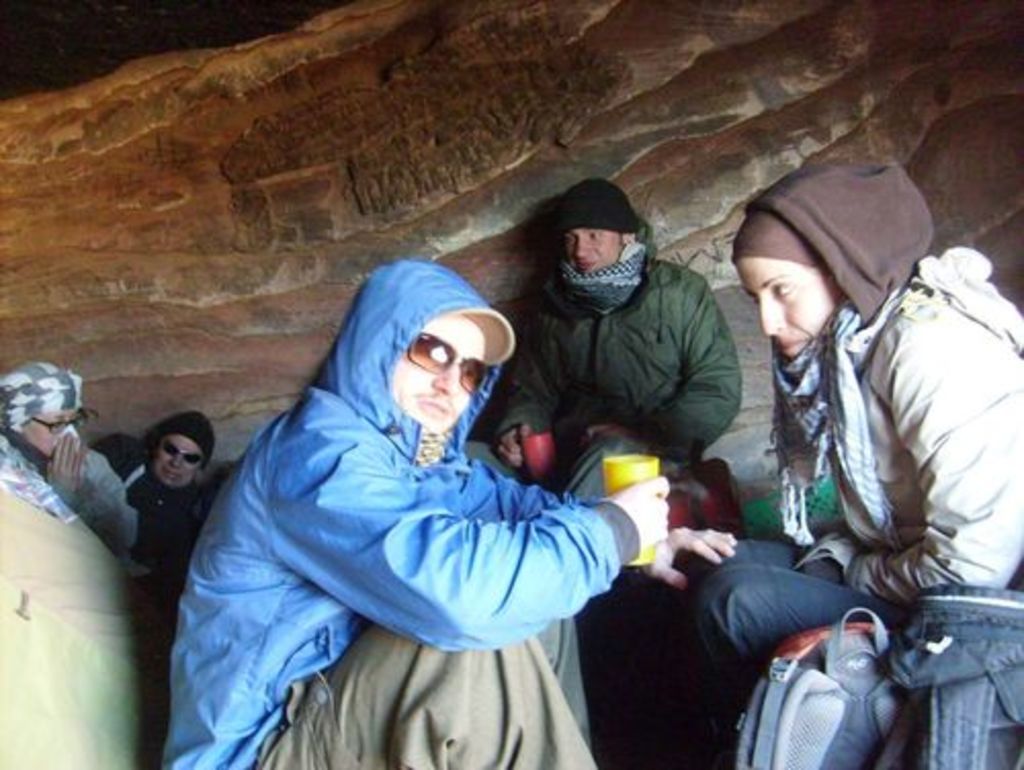
Strong winds and low temperature were also main concerns at the Aslah-Triclinium. However, since the interesting structures there are quite close to the modern surface, first results were keeping our team busy. Luckily enough, they got as an additional working force our doctor Rolf Egli who, after the past days’ experience on Umm al-Biyara decided to spend the next day at the Aslah-Triclinium (less walking ...).
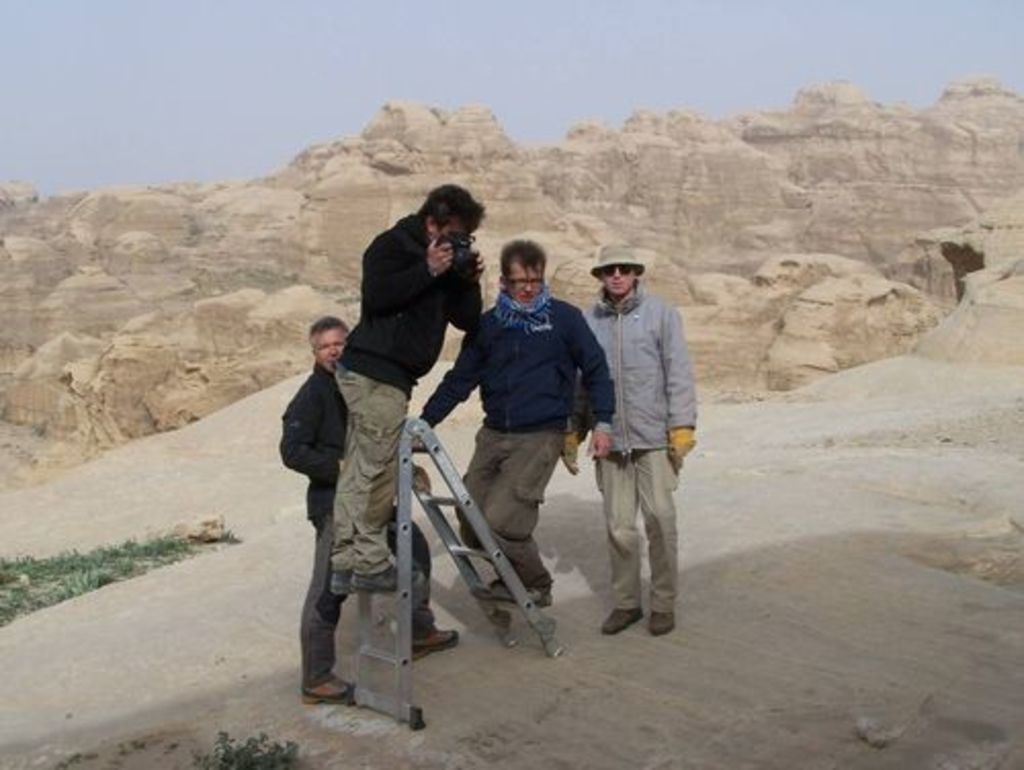
Tuesday, March 20, 2012
The dusty weather continued but temperature started rising a little bit. On Umm al-Biyara the first structures started appearing as well. Especially in Morton’s trench, where we partially excavated down to the floor slabs last year, the first results were expected daily. Indeed, in the middle of massif architectural debris, Will Kennedy made a surprising discovery.
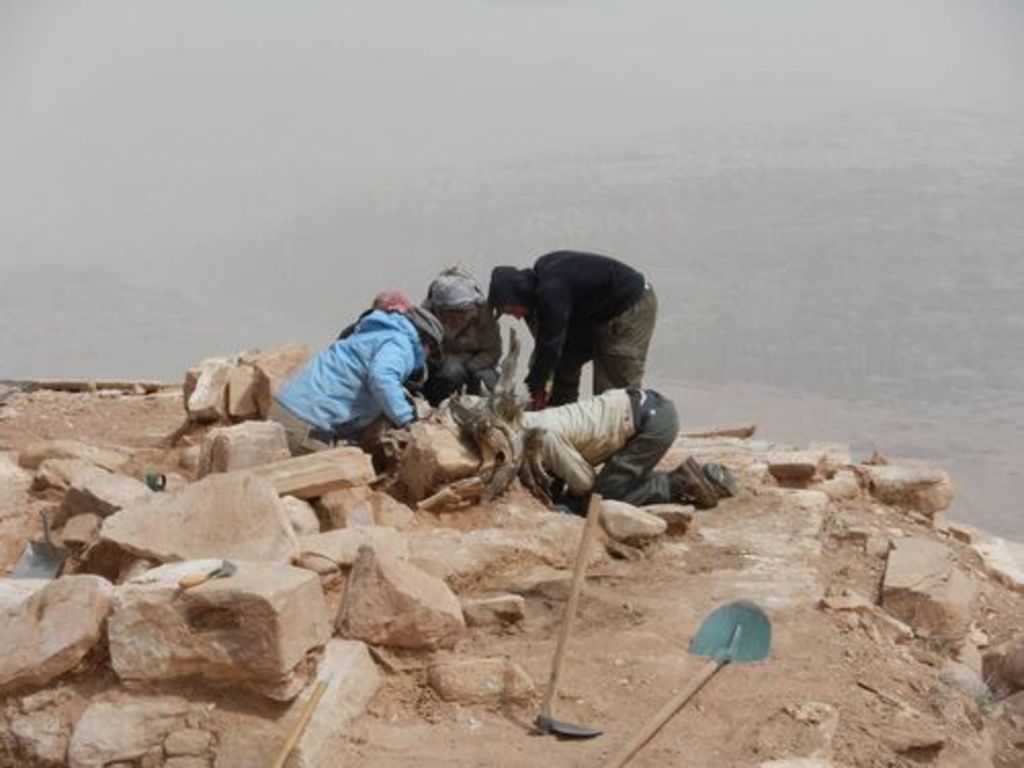
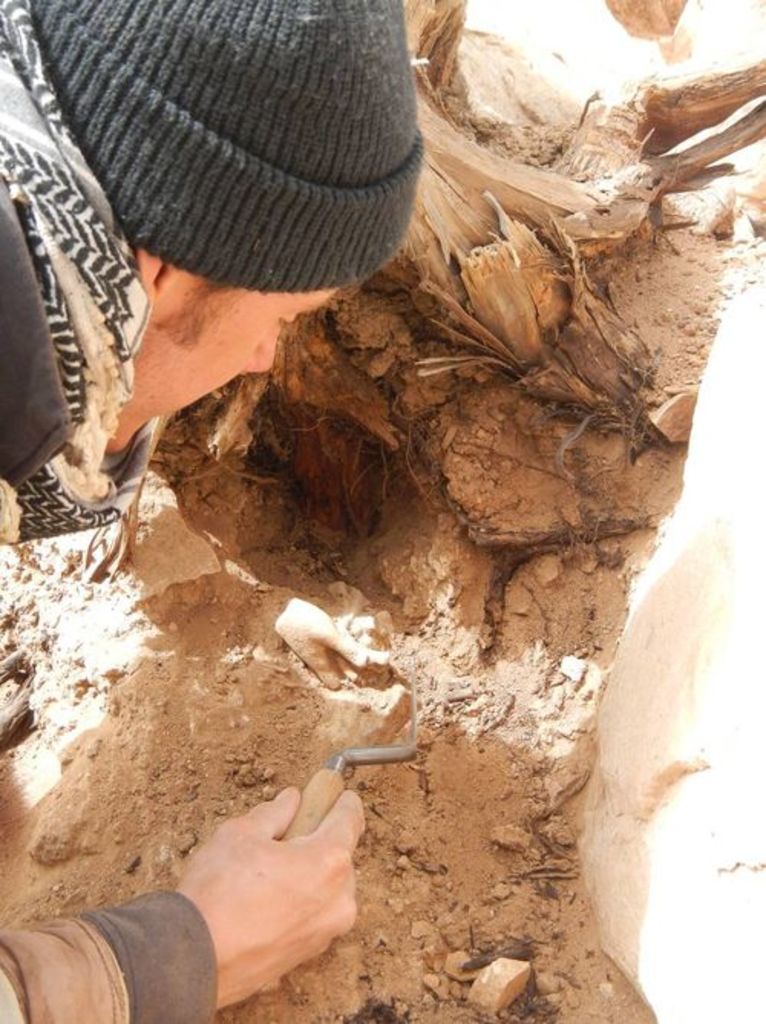
Wednesday, March 21, 2012
Finally Dushara had indulgency with the teams working on Umm al-Biyara and at the Aslah-Triclinium. Temperature reached comfortable 15C and more, and suddenly work was going much easier. In the Aslah-Triclinium more and more new structures had to be measured, drawn and photographed. The clothing style of the team members clearly indicates the meteorological change.
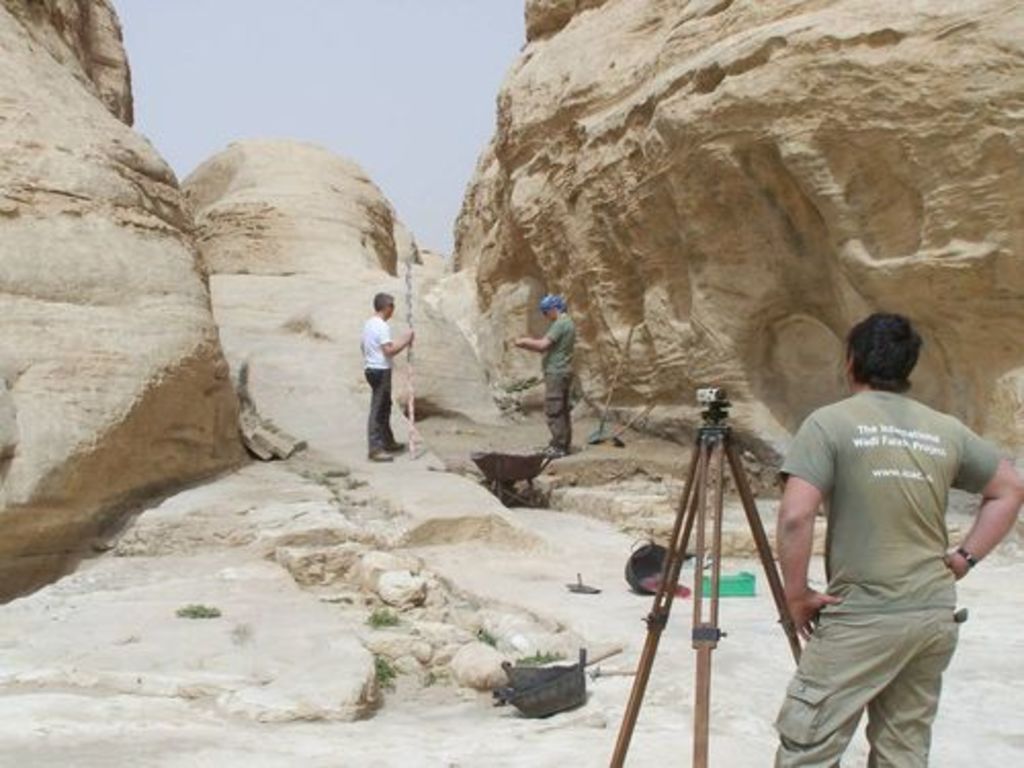
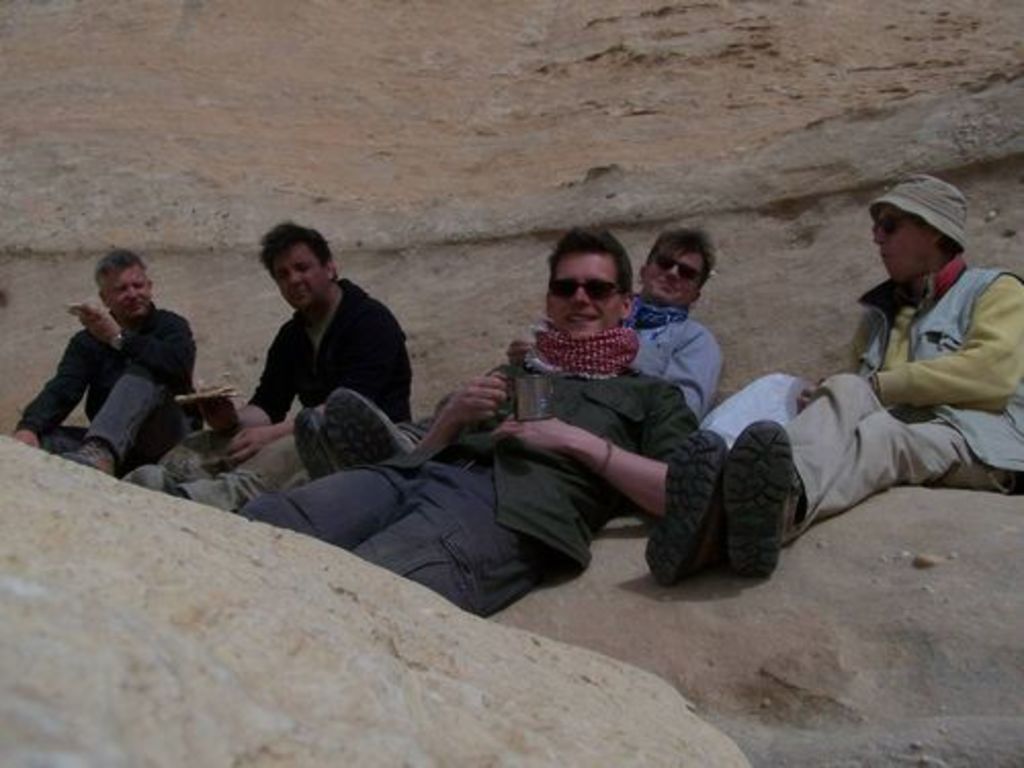
Also on top of Umm al-Biyara the spring-like temperatures resulted in a completely different working atmosphere as the picture below may illustrate.
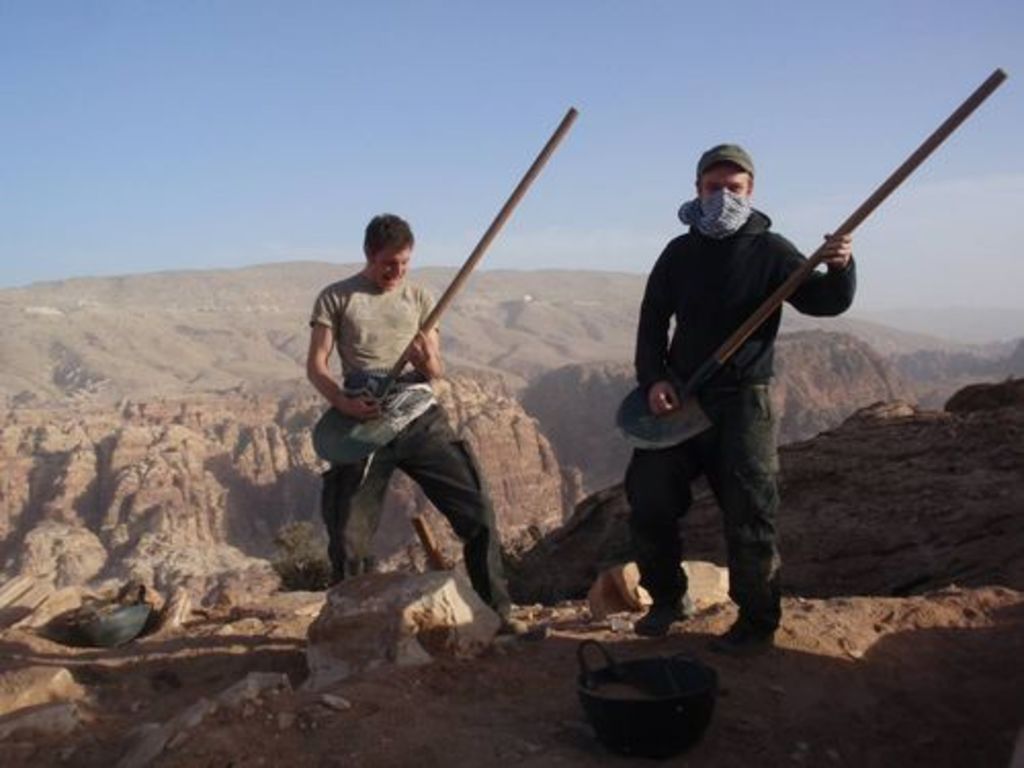
During evenings different tasks, scientific and administrative, are going on. While some people are drawing finds or filling in the documentation of the day, others have time to discuss more or less scientific matters. Rolf Egli, M. D., had the unexpected chance to discover a new medical phenomenon during his sojourn at Petra. The so-called „dust leg“, a rare allergic reaction to goat and sheep dung, will certainly allow him to participate at some fanciful medical conferences and to homerun even more medical assistants than he usually would.
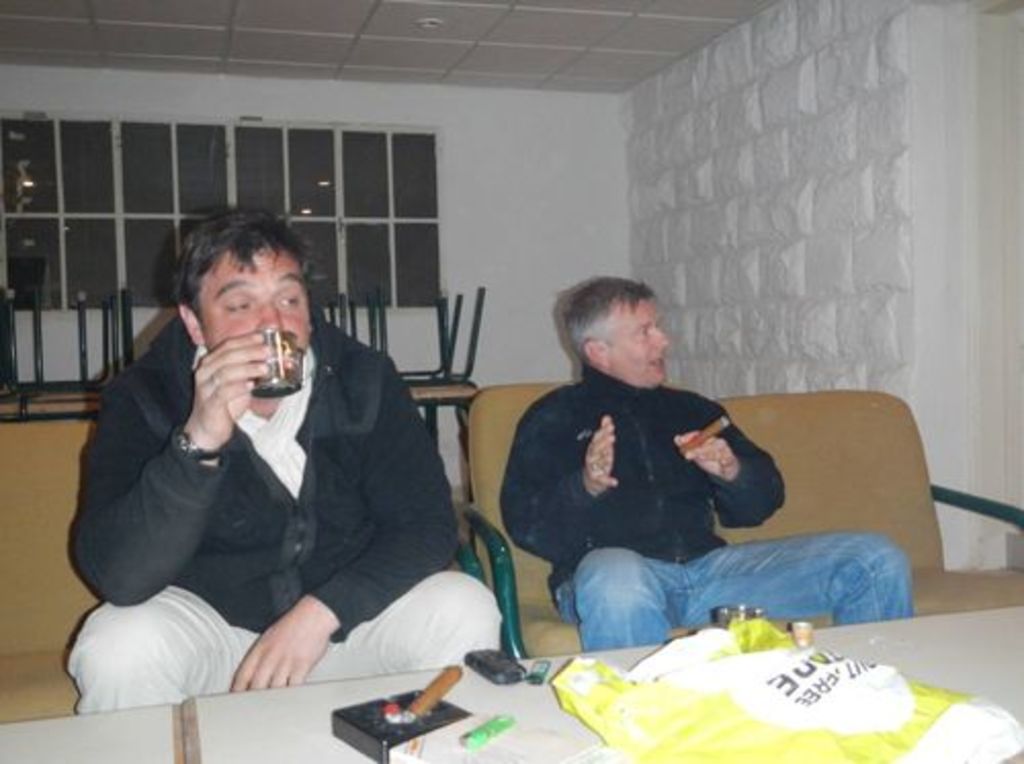
Thursday, March 22, 2012
Today, Laurent Gorgerat and Stephan Schmid spent the whole day on the road. They drove to Amman for some important meeting related to the above mentioned exhibition on Sheikh Ibrahim and to the ICHAJ meeting 2013, planned to be held in Berlin. After that they spent some hours shopping for the kitchen in Nazzal’s Camp and finally they drove to the airport in order to pick up Dorothea Koller, surveyor, Caroline Huguenot and Bérénice Schmid.
During their absence, work continued nevertheless with the same usual impetus. Especially on Umm al-Biyara, the team working in the bathing installation made some interesting discoveries. Several new sculptural fragments were discovered, within others parts of the head belonging to the marble statue of a small boy holding a water char that André Barmasse excavated last year.

Friday, March 23, 2012
As planned, weekends become shorter or, in other words, they are filled with more work so that spare time gets lesser and lesser. On the other hand, weekends offer the rare opportunity to the Aslahs to spend romantic and adventurous days and nights on top of Umm al-Biyara, so that the „Ummies“ can spend some time in Nazzal’s Camp and take a shower. This weekend Sebastian Hoffmann profited from that opportunity and had, within others, to take care of a goat herd that showed a particular interest in our food stored in the cave.
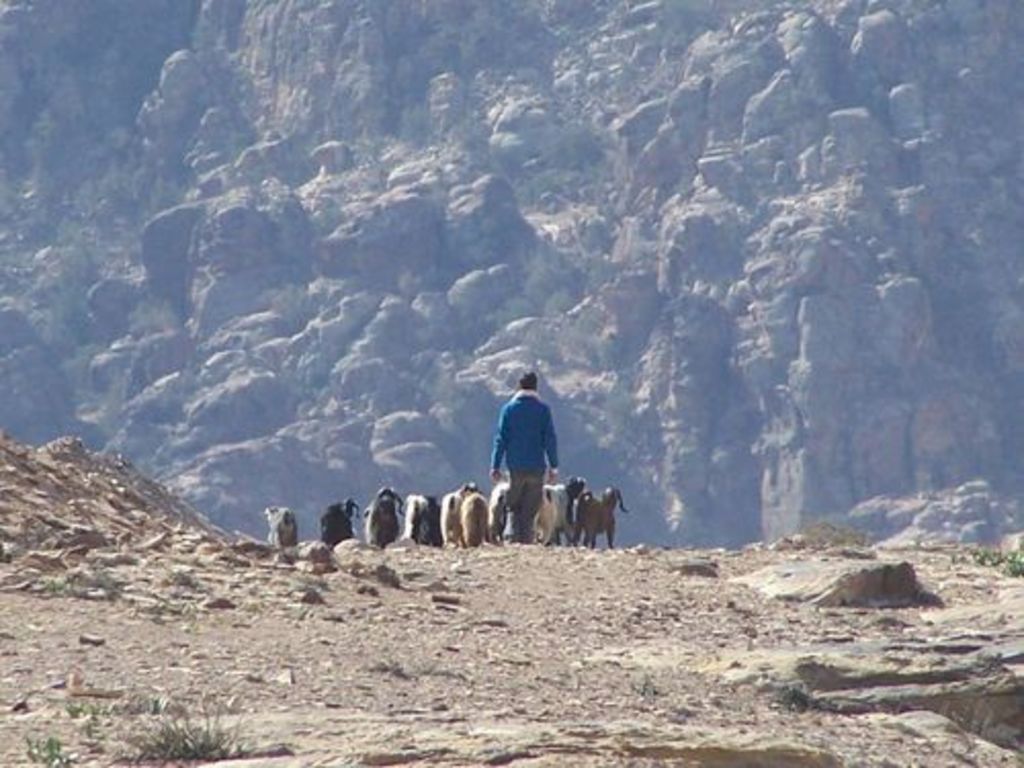
In the mean time, the first heavy load of pottery collected during the past days was awaiting to be processed. Fortunately, substantial reinforcement, already well trained in pottery washing arrived just in time.

Saturday, March 24, 2012
A day partially off, at least for some, so most students decided to undertake a trip a few kilometers to the North, in order to visit Busayrah and as-Sela, two very famous sites. Busayrah is a central place of the Edomites, by some even considered to be their capital, frequently mentioned in ancient texts, the AT included. As-Sela on the other hand is a site of a certain importance for Nabataean studies, since it is one of the candidates to match the indications in Diodoros of Sicily for being the rock (petra) of the Nabataeans, referred to by Hieronymos of Cardia in an episode taking place in the year 312/11 BC. Since not everybody would fit in our car, Suleiman Mohammed, our facility manager, took part in the trip with his own car.
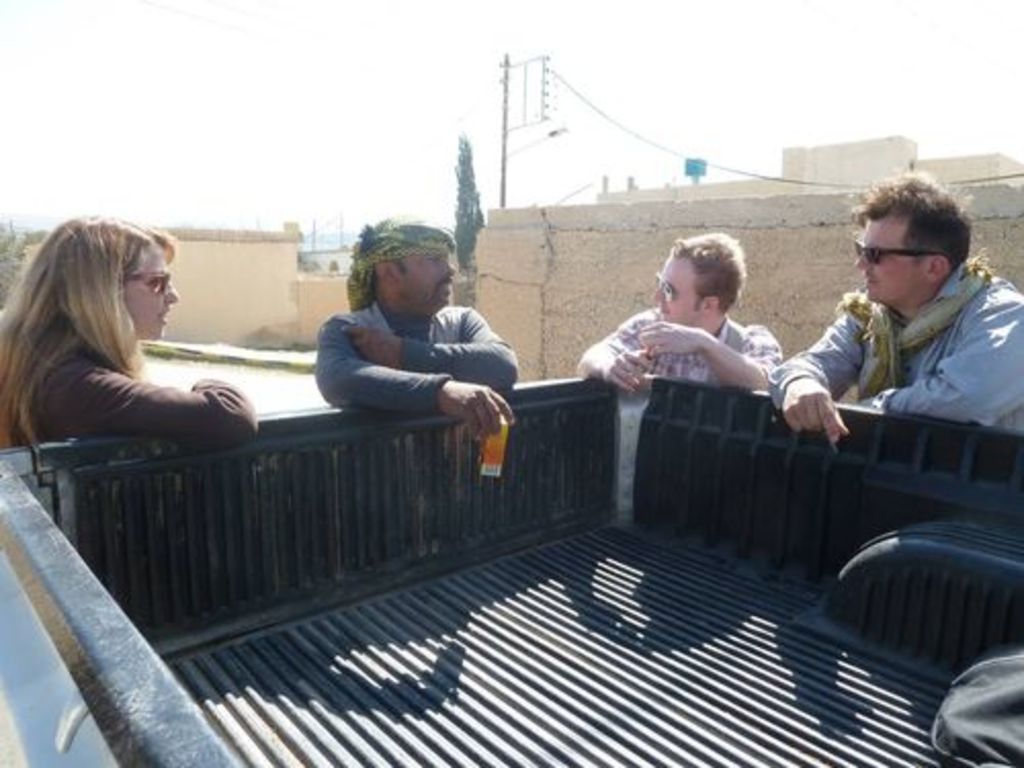
Not so much impressed by the remains of Busayrah, they enjoyed all the more the ascendant to as-Sela (very similar actually to the steps to Umm al-Biyara) and the possibility to discover this hardly ever visited place (besides the local community, of course).

